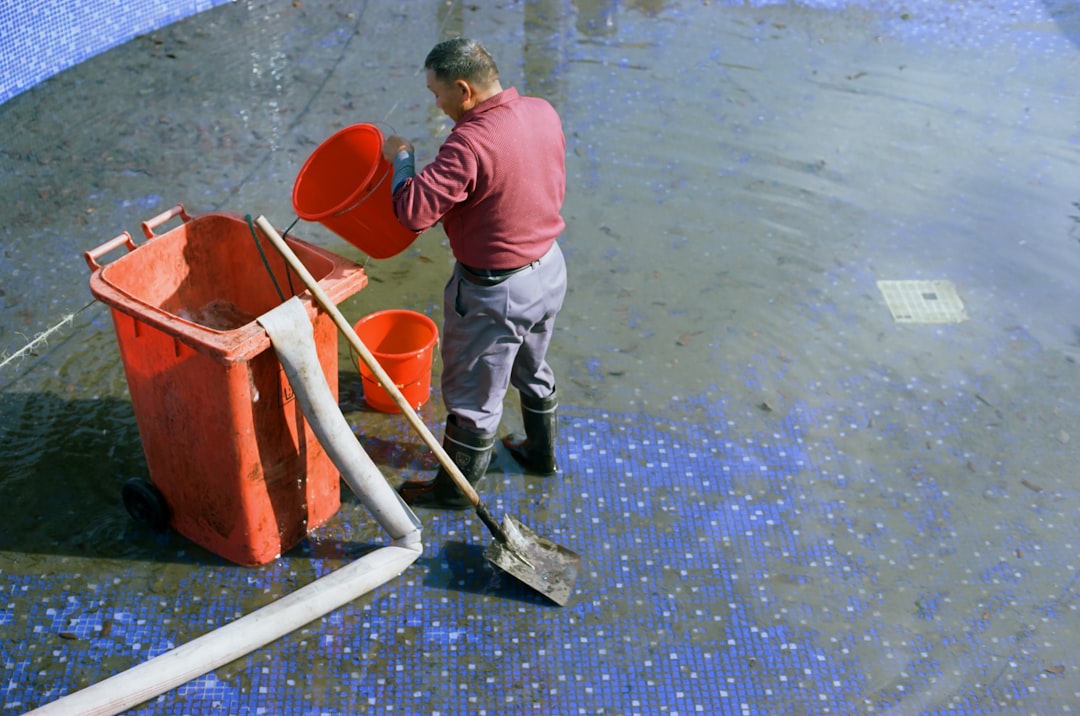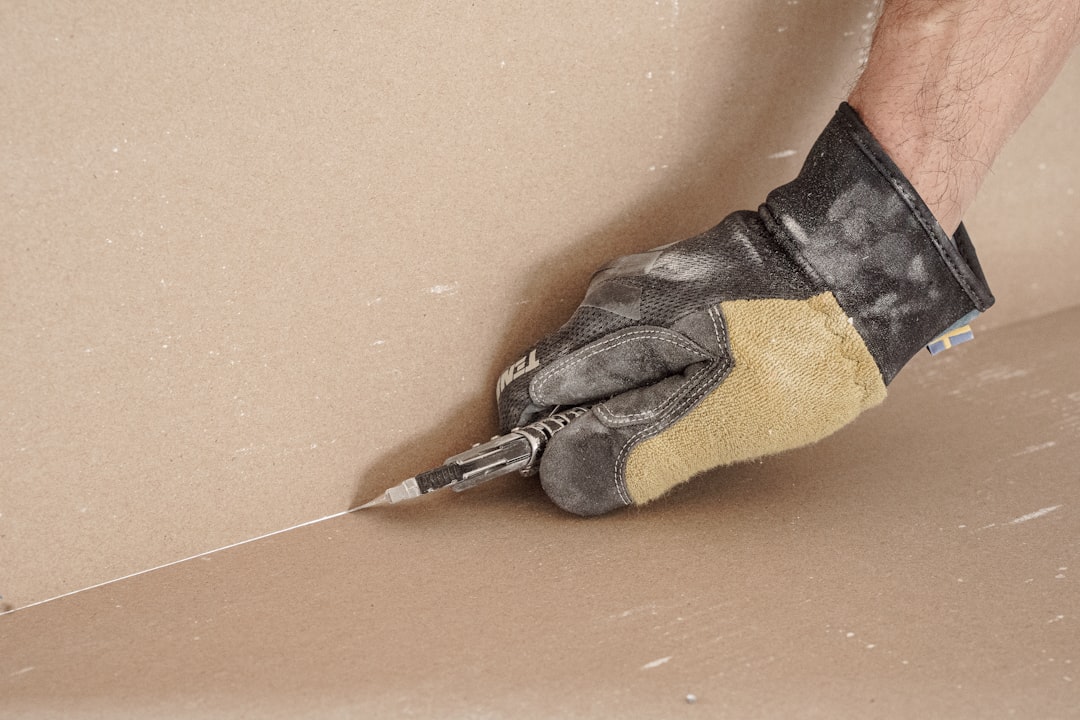

Engage prospects with a scan and streamline customer engagement with FREE QR code marketing tools by Sona – no strings attached!
Create a Free QR CodeFree consultation

No commitment

Engage prospects with a scan and streamline customer engagement with FREE QR code marketing tools by Sona – no strings attached!
Create a Free QR CodeFree consultation

No commitment
In today’s digitally driven world, QR codes in marketing have evolved from a novelty to a strategic powerhouse bridging offline engagement with online action. For waterbed repair services, QR codes offer an effective way to streamline access to repairs, preventative tips, and maintenance support without requiring extra apps or complex steps. One of the biggest frustrations for both providers and customers is the gap between offline needs, like urgent leak remediation or warranty inquiries, and quick, reliable access to the right solutions.
Waterbed owners increasingly seek convenient, trustworthy support for leak fixes, frame stabilization, and liner replacements. Traditional processes that rely on paper forms, repeated phone calls, or waiting for email responses often lead to missed or delayed opportunities. In many cases, high-value prospects browse solutions but never reach out, slipping through the cracks without any record in the company’s CRM or service platform.
Strategically placed QR codes on invoices, repair kits, and shop windows turn every interaction into a gateway to expert assistance and ongoing care. Each scan is more than a shortcut; it becomes a real-time signal that someone needs help now. When integrated into your workflows, these signals become measurable touchpoints that capture demand precisely when it matters most.

QR codes bridge the gap between printed brochures or repair manuals and online scheduling or support, a gap that often leaves urgent inquiries unanswered. Many waterbed repair providers see prospects research services extensively but avoid filling out a form or making a call, which creates missed opportunities and incomplete revenue attribution in your CRM.
The most effective strategy starts by mapping typical offline moments to digital outcomes, then embedding QR codes at those moments. Replace analog processes that create friction with QR-driven flows that are fast, verifiable, and trackable. For example, if a customer opens a leak repair kit and sees a QR code labeled Scan for urgent help, you convert a stressful moment into a guided experience that captures details, books an appointment, and sets expectations. Explore common use cases to identify the best fit.
Modern platforms like Sona QR make this transformation simpler by automating code generation, optimizing placement, and tracking scans. With dynamic QR codes, you retain the flexibility to update destination links without reprinting, and you gain dashboards that show which codes, locations, and messages drive the best outcomes. This combination of convenience and measurability is difficult to match with traditional physical processes alone.

A recurring challenge within waterbed repair is the lack of visibility into who is engaging with print materials or offline promotions. Too often, customers notice signage, flyers, or product inserts, as demonstrated by AO Smith, but never take the next step, leaving their interest untracked and unaddressed. QR codes surface intent in real time, whether in a retail store, at the moment a repair kit is opened, or as soon as an invoice is issued. Capturing that moment of intent can be the difference between winning a booking and losing a prospect to a competitor.
Dynamic QR codes add agility that static media cannot match. You can update pricing, appointment slots, or emergency contact details without a single reprint, ensuring your materials never go stale. On the analytics side, each scan is a clear signal about what content resonates and which services create urgency. Teams that adopt QR workflows often report better lead attribution, stronger customer retention, and measurable boosts in conversion rates, aligning with expert QR marketing tips.
When QR codes are thoughtfully placed and clearly labeled with outcome-driven calls to action, they transform passive materials into measurable, conversion-ready experiences.

Choosing the right format ensures each scan triggers the desired action and that your operations team can manage the data downstream. Waterbed repair providers get the most value by aligning formats to the task at hand and the context where the scan occurs.
In most waterbed repair scenarios, dynamic QR codes are preferable since they offer tracking and editable links. Consider this simple rule set for when to use each option:
With Sona QR, you can generate all of these formats, centralize management, and change destinations without reprinting. This reduces waste and keeps your customer experience consistent across channels.

Growth in waterbed repair often depends on surfacing and activating leads that traditional marketing or shopfront visibility cannot reach effectively. The challenge is that high-value engagement signals from product packaging or in-store interactions rarely make their way back to marketing or sales systems. QR codes convert these invisible moments into actionable data and next steps.
Focus on placements where customer need and attention are naturally high. Every placement should include a clear call to action that sets expectations on what happens next. The goal is to guide customers from curiosity or concern to a confident outcome with minimal effort.
These placements shift your business from episodic transactions to ongoing engagement, supported by real-world data about which materials and messages drive the most value.

Match QR use cases to common customer moments in the waterbed ownership lifecycle. Prioritize those that solve urgent problems and reduce friction, then add use cases for retention and referrals.
Each use case should be framed with a clear benefit-driven call to action and a destination that is mobile-first. The clearer the outcome and the shorter the path, the higher your scan-to-conversion rate.
Every QR scan is a data point that captures intent, context, and behavior. By deploying multiple QR codes across touchpoints, you create automatic segmentation and fuel precise retargeting. The key is to align codes with clear funnel stages and tag them consistently so that downstream automation can act without manual effort. For deeper tactics, see Sona’s playbook on intent-driven retargeting.
For waterbed repair, distinct audience segments naturally emerge. A homeowner scanning a leak kit on a Saturday evening signals urgency. A new waterbed buyer scanning a care guide in a retail store signals curiosity and long-term potential. A warranty activation scan suggests a high-value relationship with future service needs. An effective retargeting strategy recognizes these differences and responds accordingly.
With Sona QR, each code becomes a smart entry point that captures data in real time. Sona’s integrations sync these segments into your systems so you can retarget based on behavior, not guesswork.
QR codes are more than convenient links. They connect offline and digital campaigns, enabling real-time engagement and richer data collection across every channel. For waterbed repair services, this integration reveals which materials, partners, and messages actually move customers from interest to booking.
Start by mapping each channel to a destination that removes friction. For example, pair showroom brochures with a store-specific landing page, door hangers with a neighborhood code that unlocks a local discount, and invoices with review and maintenance flows. Treat every surface as an onramp to a measured journey.
QR codes serve as the offline onramp to your digital marketing engine. With a centralized platform like Sona QR, you can manage codes at scale, monitor performance, and sync data to your CRM so campaigns become both creative and accountable.
Whether you are launching your first QR initiative or scaling across multiple locations, a disciplined approach will determine your success. Begin with a clear goal, validate the customer journey, and build measurement into the plan from day one. The steps below align with the realities of waterbed repair workflows, from urgent triage to long-term maintenance.
Before you start, decide which use case you want to prove out first. Many waterbed repair teams begin with emergency booking from repair kit packaging or review capture from invoices because both drive immediate value and are easy to test.
Define the core business outcome you want, such as immediate leak repair bookings from packaging or proactive maintenance plan sign-ups after service. Consider your most common friction points: delayed outreach after leaks, missed warranty activations, or low review volume.
Ensure the destination experience is built for mobile and the call to action is unambiguous. If the goal is booking, prioritize a short form, clear appointment windows, and a confirmation that sets expectations on response times.
For campaigns that benefit from tracking and iterative optimization, dynamic codes are the right choice. They allow you to update destinations, run A/B tests, and collect analytics without reprinting.
Static codes can work for permanent resources such as care PDFs, but they will not provide flexibility or reporting. When in doubt, choose dynamic to avoid future constraints and to unlock retargeting options as your program grows.
Make the code visually consistent with your brand but do not sacrifice contrast and scannability. Add a short, benefit-driven call to action like Scan for urgent repairs, Scan to activate warranty, or Scan for care videos so customers know what they will get.
Test codes on multiple devices, with different lighting and angles, and at the actual distance customers will scan from. Validate page load speed, form fields, and confirmation messages. If the first experience feels slow or confusing, optimize before widespread deployment.
Place QR codes where attention and need overlap, such as on leak kits, bed frames, store entrances, invoices, and direct mail pieces. Match code size to context, for example, larger for windows or signage, smaller with a framing element on packaging.
Give each placement a unique code so you can attribute performance by channel and location. Align destinations to the context, such as after-hours scans routing to an emergency scheduling flow with triage steps and clear response windows.
Monitor scans by asset, location, and time to identify hot spots and underperforming channels. Measure downstream actions like bookings, form completions, reviews, and plan enrollments so you can tie scans to outcomes, not just clicks.
Iterate on copy, creative, placement, and destination content based on evidence. Use a platform like Sona QR to A/B test calls to action, rotate offers seasonally, and sync scan data to your CRM for automated follow-up and lead scoring.
Tying offline customer actions to real outcomes is a persistent challenge. Did a repair kit scan result in a booked service? Did an invoice QR generate a review or a maintenance plan upgrade? Without full-funnel visibility, teams are left to guess which materials are working and where to invest next.
A comprehensive QR platform closes the loop. It captures scan events with context, follows the customer through to conversion, and syncs that data with your CRM and attribution tools. This creates a unified view of engagement that spans from first scan to revenue, enabling smarter decisions and faster optimizations.
Sona QR captures real-world engagement. Sona.com turns that engagement into insights you can act on, helping you link offline scans to revenue and making QR a measurable part of your performance marketing strategy.
As QR programs mature, small adjustments can unlock significant gains. Focus on clarity of calls to action, context-appropriate destinations, and automation that turns intent signals into timely follow-up. Train staff to promote scanning and to explain the value customers will receive for doing so.
For waterbed repair shops, the most effective optimizations often involve asset-level tracking, instant notifications for urgent scans, and tailored offers that encourage repeat business. The goal is to make every scan actionable and every response timely.
Start creating QR codes for free with Sona QR. Set up codes in minutes, test messages, and start capturing data that informs your next round of improvements.
QR codes are more than a shortcut. They are a strategy for turning every physical surface into a digital entry point and every moment of interest into a measurable action. For waterbed repair services, QR codes unlock instant access to leak fixes, stabilization guidance, and maintenance plans, while also giving teams the data they need to attribute results and optimize spend.
The result is a connected customer experience that moves people from awareness to conversion with less friction and greater trust. By adopting QR-driven workflows now, you position your business to respond faster, personalize outreach, and maintain a clear line of sight from first scan to booked service and beyond. With Sona QR, you have everything you need to capture demand at the source and convert it into measurable results, scan by scan.
QR codes have transformed waterbed repair services from simple service listings into interactive, measurable engagement tools. Whether it’s streamlining customer access to repair guides, scheduling services instantly, or providing real-time updates, QR codes replace traditional, cumbersome processes with seamless, mobile-friendly actions that boost customer satisfaction and retention. Imagine your customers scanning a code to instantly diagnose issues or book repairs—eliminating friction and accelerating service delivery.
With Sona QR, you can create dynamic, trackable QR codes in seconds, update your repair campaigns without reprinting materials, and connect every scan directly to business growth. No missed leads, no lost time—just smarter, more efficient customer acquisition and service management. Start for free with Sona QR today and turn every scan into a loyal customer and a completed repair.
Use QR codes placed on retail signage, repair kits, and invoices that link to location-specific booking pages or service provider directories for quick access to nearby waterbed repair services.
Common issues include leaks, frame instability, and liner damage, which can be addressed through leak repair kits, frame stabilization guides, and liner replacements supported by QR-linked video instructions and urgent booking forms.
The article does not specify exact repair costs but suggests that dynamic QR codes can link customers to updated pricing and appointment availability without reprinting materials.
Signs include leaks, frame instability, and valve issues, which can be quickly addressed by scanning QR codes on repair kits or invoices to access urgent help and maintenance resources.
Preventative measures include enrolling in maintenance plans accessible via QR codes on post-service postcards, following digital care instructions, and activating warranties through quick registration links.
Use Sona QR's trackable codes to improve customer acquisition and engagement today.
Create Your FREE Trackable QR Code in SecondsJoin results-focused teams combining Sona Platform automation with advanced Google Ads strategies to scale lead generation

Connect your existing CRM

Free Account Enrichment

No setup fees
No commitment required

Free consultation

Get a custom Google Ads roadmap for your business






Launch campaigns that generate qualified leads in 30 days or less.
